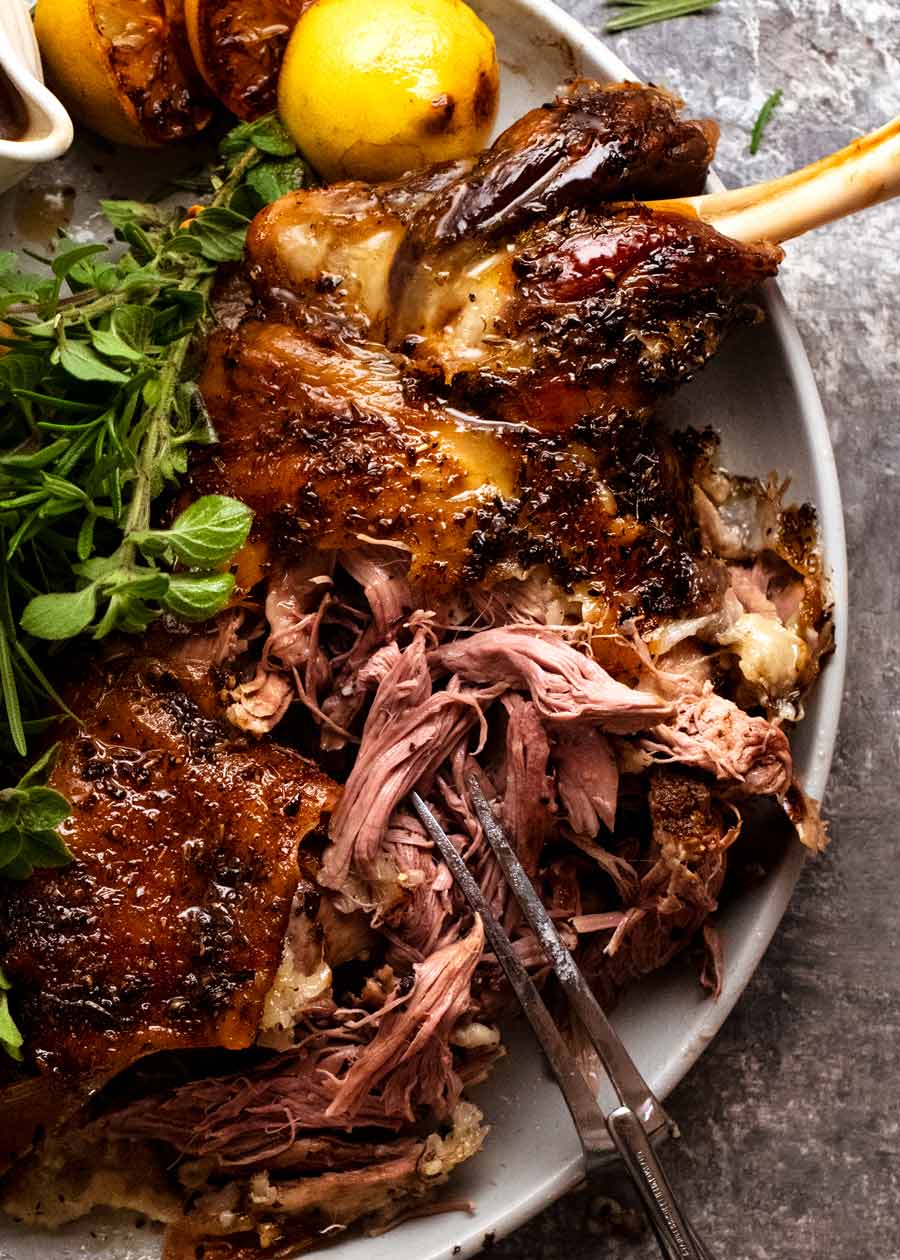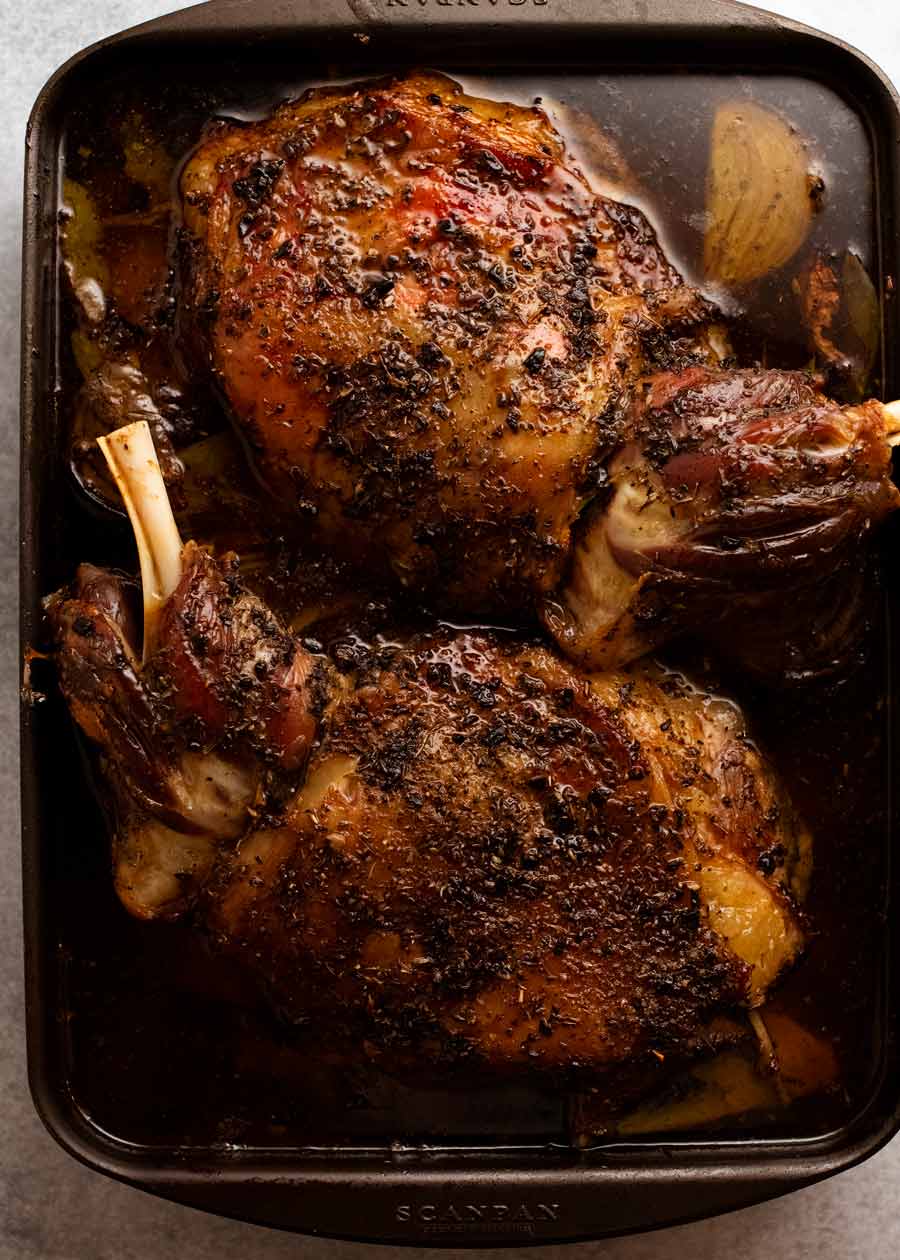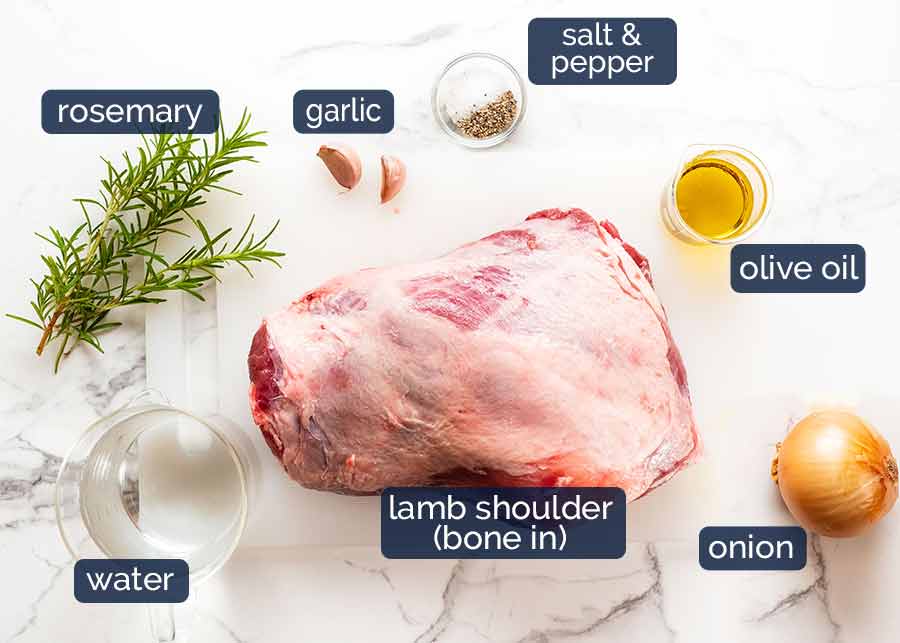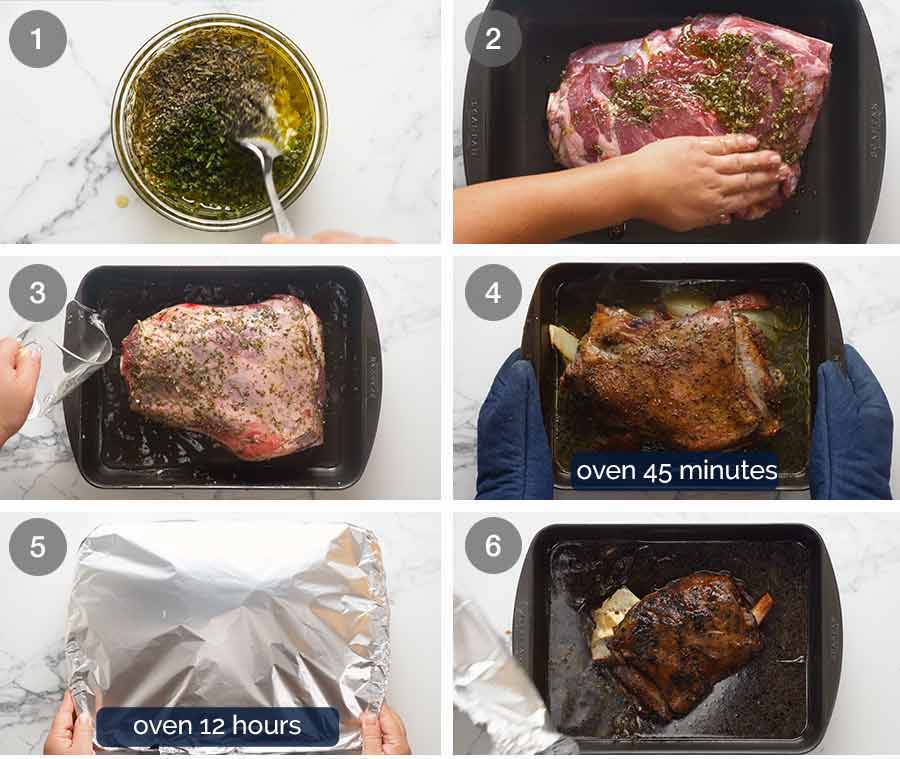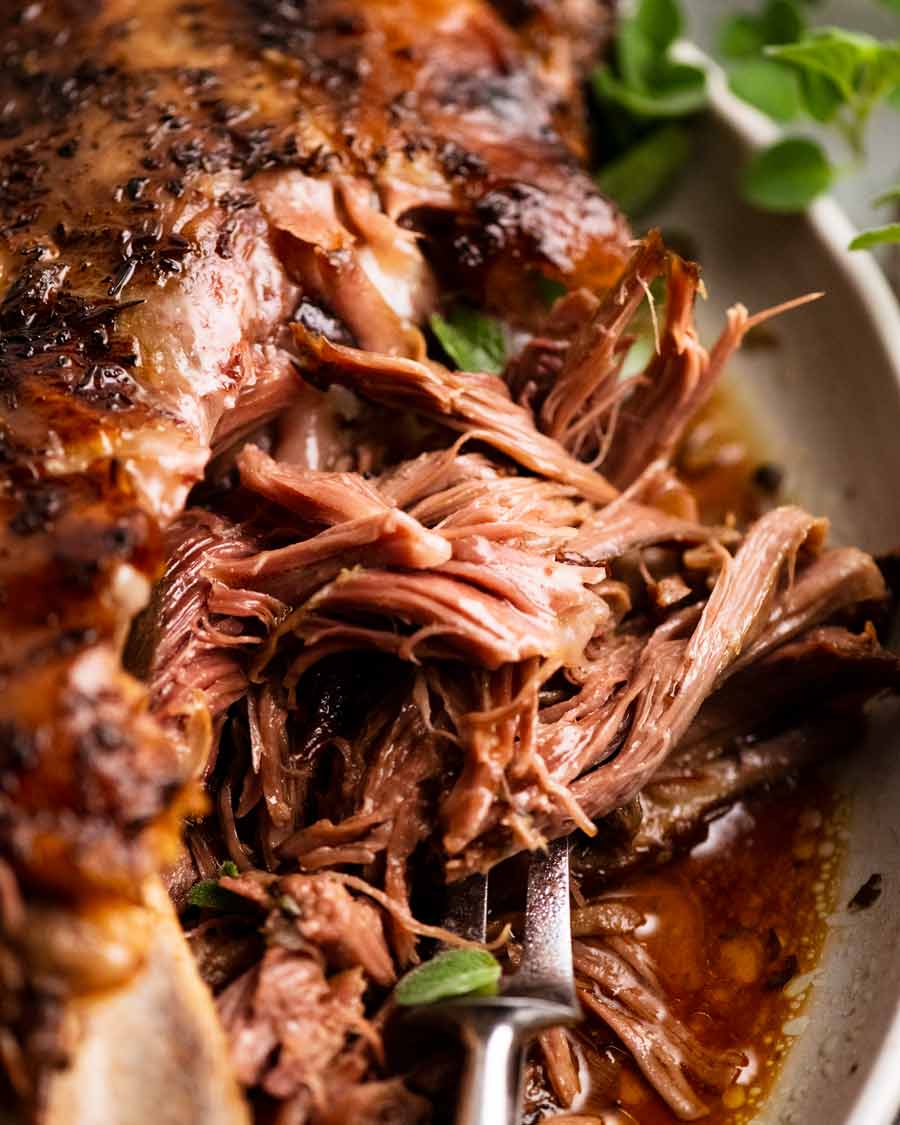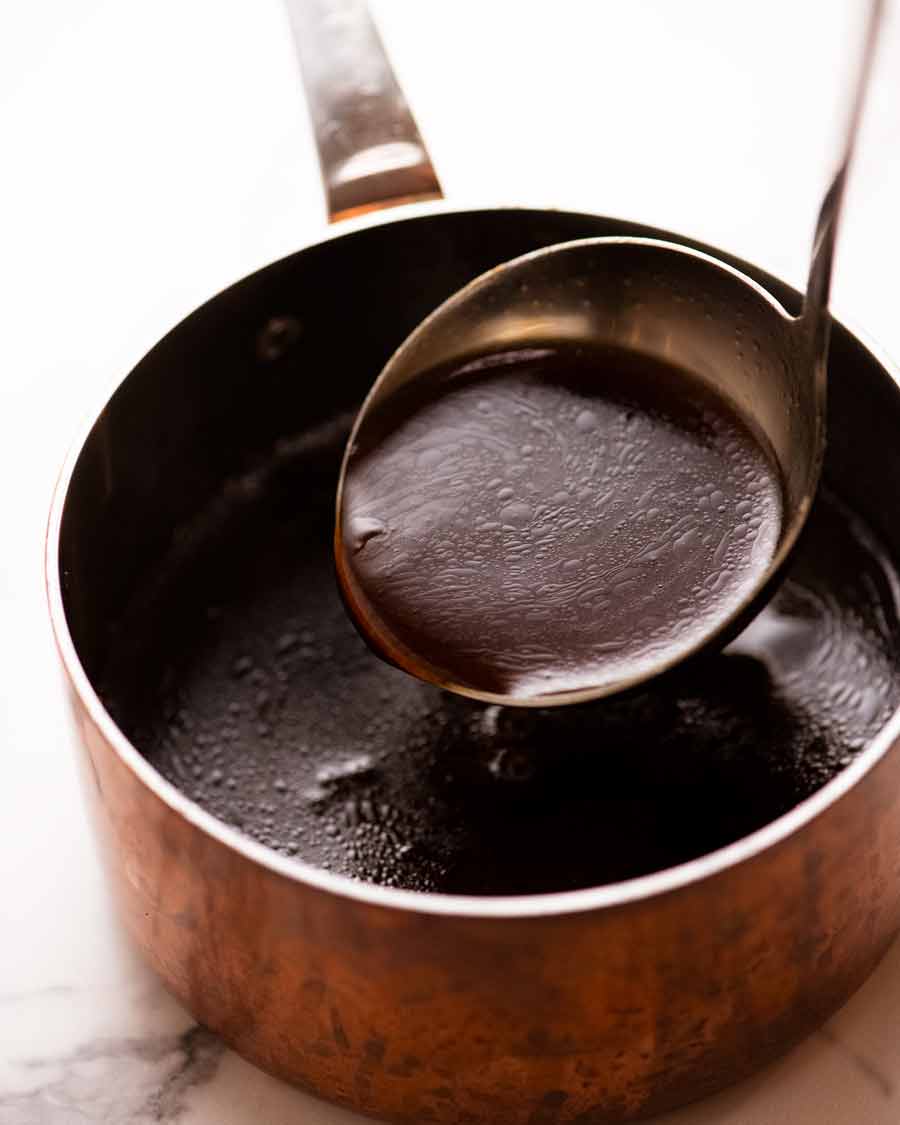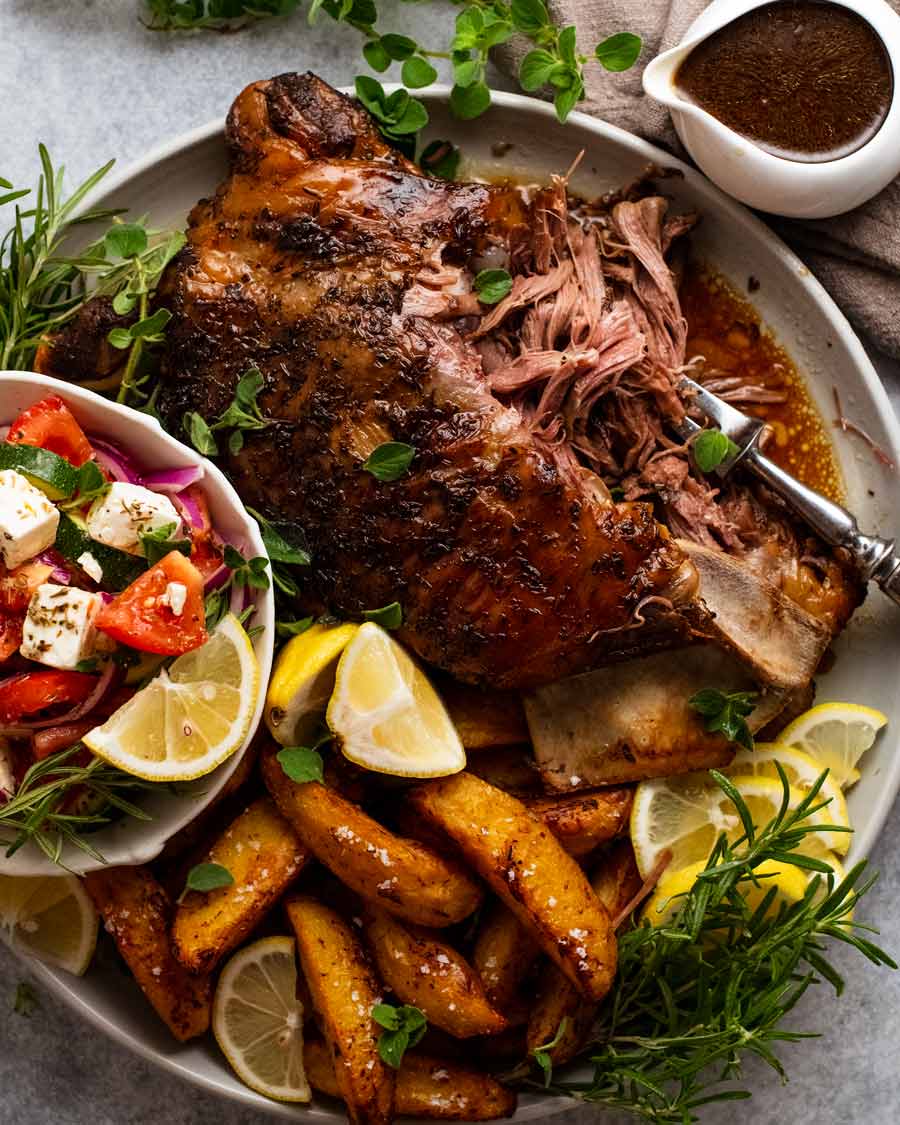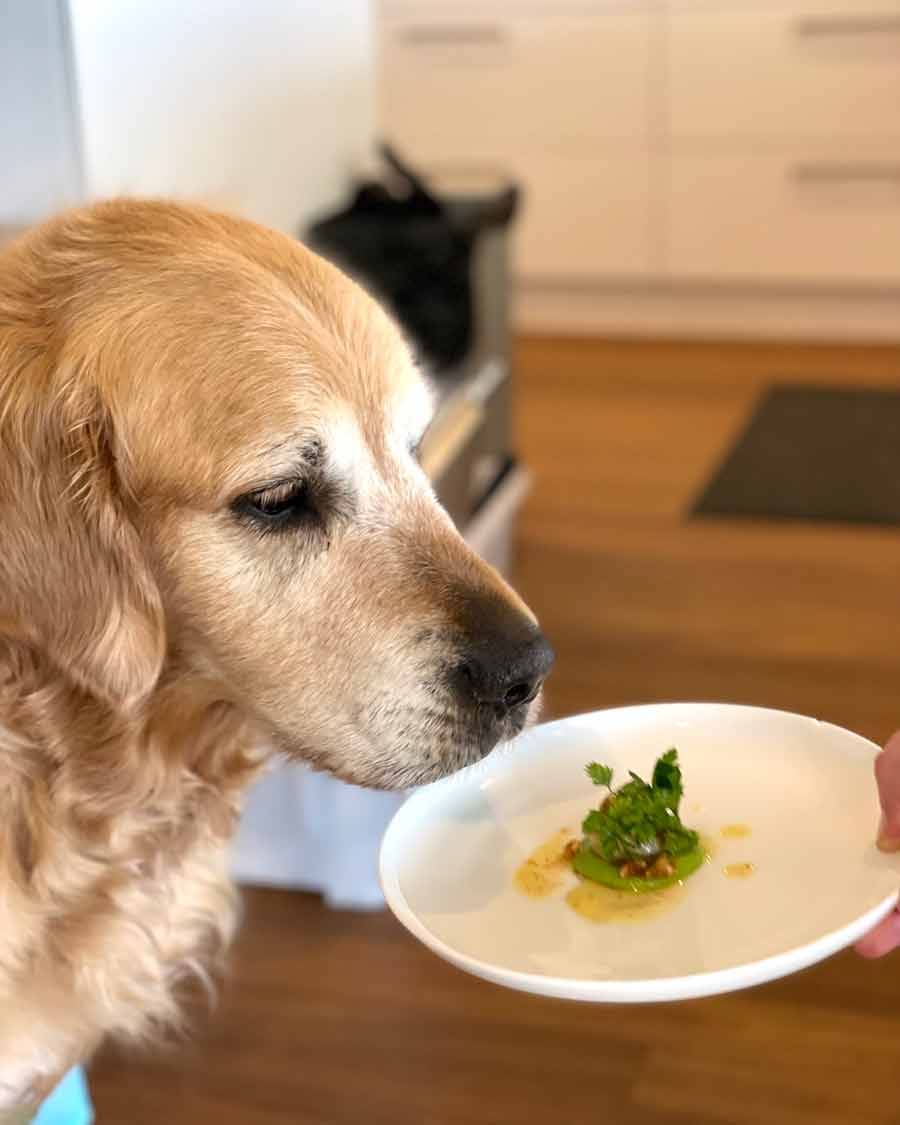This is a reader-favourite recipe included by popular demand in my debut cookbook “Dinner”!
What’s so amazing about a 12 hour lamb, anyway?
There are many devoted fans of this super 3-Hour Slow Roasted Lamb Shoulder, stuffed with garlic and rosemary. And there will always be a place in my life for a 3-hour lamb, something speedy you can pop in the oven on a lazy Sunday afternoon for supper that night. So why should you give the 12-hour lamb a go? Because it’s even better. 🤷🏻♀️ See, it’s a bit like flying. Think of 3-hour lamb like business class. It’s pretty awesome and nobody on the receiving end is going to complain. But 12-hour lamb is the next rung, the top shelf – it’s first class. And once you’ve flown first class, it’s hard to look at anything else the same way again! Here’s what makes 12-hour lamb that much more special:
Lower temp = more succulent meat – Tough cuts like lamb shoulder need slow-cooking to tenderise them. The lower the roasting temperature, the less total moisture evaporation and thus juicier meat. 3-hour lamb is cooked at 180°C/350°F, while the 12 hour lamb is cooked at only 100°C/212°F.Better flavour – Not only is the flesh juicier but the slow braising-roasting method here means you get the best of both worlds: flavour infused into the flesh from the surface rub and lamb juices which mingles with the braising liquid, and surface browning you can only get with roasting.Hands-off overnight cooking – Covered, with plenty of braising liquid to keep it moist, our first class lamb cooks overnight on autopilot. No basting, no removing covering to brown, no tray rotations – it completely takes care of itself. Wake up the next day and be greeted with roasted meat perfection!Easy to scale up – Make 2 at the same time in one pan, or 4 across 2 pans!Reheats 100% perfectly – Unlike many other roasts, this 12-hour slow-roasted lamb shoulder reheats 100% perfectly, which makes it an excellent make-ahead centrepiece for large gatherings. It creates its own jus (fancy word but it’s dead easy) – It’s just the braising liquid, simmered to concentrate and thickened slightly with cornflour/cornstarch. After 12-hours with the lamb, this is flavour-packed liquid gold!A ludicrous effort-to-reward ratio – I am a VERY big fan of recipes where you reap high rewards for a small outlay of effort!
What you need to make 12-hour slow-roasted lamb shoulder
I’ve gone for classic flavours here that lamb loves – rosemary and garlic. Simple is all we need when we’re doing slow-roasting! (Note: Dried oregano missing from photo, oops!)
Lamb shoulder – The more economical yet superior brother to lamb leg (in my humble opinion). It’s richer, it’s got more flavour, it’s juicer, and it’s far more forgiving to cook than lamb leg. Leg either needs to be roasted to blushing pink perfection or slow-roasted to fall-apart tenderness (but because it’s leaner there’s less margin for error with the cook time).Shoulders are widely available these days in Australia, even at large grocery stores (Coles, Woolies etc). They are typically around 1.3 – 1.6kg (young lambs with more tender flesh) but sometimes you will find them as large as 2kg+ which are still terrific, but the flesh is a wee bit less tender (because they are older animals).Garlic, oregano (missing from photo, oops!) and rosemary – Timeless companions to lamb!Onion – To keep the lamb slightly elevated off the base (instead of using a rack) and also to flavour the sauce (lamb jus) which we make using the braising liquid.Olive oil – For rubbing the lamb so the salt, pepper, garlic and rosemary stick.Water – Plenty here, and there’s a few reasons for this. Firstly, for moisture retention in the flesh during the slow-roasting period. Secondly, it promotes more even cooking of the flesh because partially braising in a liquid distributes heat more effectively than the convective heat of oven air (ie. just dry roasting). Thirdly, to prevent the pan drying out which would result in the pan base residues burning. And lastly, the water becomes heavily flavoured with lamb juices, which we then reduce to make the sauce. There’s absolutely no need to use stock!
How to make 12-hour lamb shoulder
Hint: There’s a lot of sleeping on the job involved. We need more recipes like this!! 😂 Shoulders are widely available these days in Australia, even at large grocery stores (Coles, Woolies etc). They are typically around 1.3 – 1.6kg (young lambs with more tender flesh) but sometimes you will find them as large as 2kg+ which are still terrific, but the flesh is a wee bit less tender (because they are older animals). For serving / holding / reheating advice and guidelines on how I would time things to make it effortless for serving at gatherings, see the section just before the recipe video. For now, let me show you how to make the sauce – Lamb Jus! Then if time permits, leave the lamb to marinate for 2 hours on the counter in the roasting pan, or up to 24 hours in the fridge. Marinating is an optional step. Why? Because the long and slow cook time means the lamb is essentially marinating as it cooks, in my opinion. But I’m sure people with a more refined palate than me can probably taste the difference between marinating, and not. I can’t. So I usually skip the marinating time.
Lamb Jus: Fancy-sounding but super-easy gravy
The sauce for this slow-roast lamb is an intensely-flavoured wonder, packed with the tasty and meaty goodness you can only get from 12 hours of slow cooking! Technically this is a kind of jus as opposed to a gravy, because it’s made from a reduction of meat juices rather than pan scrapings. The nice thing about it is that it’s much less fussy to make than gravy. No wrangling a roasting pan on the stove to make a roux with the fat in the pan here. Instead, we simply simmer the pan juices to concentrate, then thicken slightly with cornflour / cornstarch so it coats the meat nicely when doused.
How to make Lamb Jus
A go-to main for gatherings
As I mentioned right at the beginning, some of the reasons this has become my go-to centrepiece for a a group menu is because: We do not want the jus to be too thick – not like our usual gravy that we serve with roasts. A jus is supposed to be thinner. This is because it looks and pours more elegantly than a more viscous gravy. Also because it typically has more intense savoury flavour than gravy, you use less. So we want the sauce to run more readily so it coats the meat more thinly than gravy (in, say, the 3-hour lamb shoulder). Once the jus is ready, pour into a jug and serve alongside the lamb. It can be made days in advance, stored in a container and reheated simply in the microwave or on the stove.
It’s easy to scale up (up to 4 shoulders in one oven)It’s pretty much entirely hands-offIt can be made ahead the night before, and reheats 100% perfectly
So I thought it might be helpful to also share with you my typical roast-cooking game plans including timings, which I follow depending on when and how I plan to serve the roast. Here’s a couple of gatherings from this year that starred this 12 hour slow roasted lamb! Firstly, my belated New Years’ Eve 2021 party that took place in March: This also leaves room for further oven time if needed, if the lamb flesh was not quite fall-apart. After it comes out of the oven the next day, fully cool to room temperature. Make the jus. Then cover and refrigerate all. Take lamb out of fridge 3 hours prior to serving (yes, it takes hours to come to room temperature, so that reheating is easier and more even). Reheat 1 hour, covered, in oven. And more recently on a trip to Tasmania when I took over the kitchen of Meadowbank Vineyard to put on a big lunch for Tassie friends! Four lamb shoulders were slow-cooked overnight in one oven in the Air BNB I was staying at, then were transported to the vineyard in the morning for the lunch. More on this trip in the Postcards from Tasmania section in this newsletter from when I took the trip.
What to serve with 12 hour roast lamb
A grand main deserves worthy sides!! It’s pictured above with Greek Lemon Potatoes, which are a perfect match for this Mediterranean-style lamb. Also peeking out of the bottom corner is a big, juicy Greek Salad which is a lovely fresh side to cut through the richness of the lamb. A big pan of Herb & Garlic Roasted Vegetables would also be ideal and can be made after the lamb comes out of the oven since the lamb will stay warm for hours upon hours. For a luxe option, add a side of Duck Fat Potatoes, the crunchiest roast potatoes you will ever have in your life. And for greens, a big bowl of the Garlic Sautéed Green Beans from Wednesday would be ideal! So! What do you think? Have I convinced you to give this a go? I don’t crown this the ULTIMATE Roast Lamb lightly! I truly do believe this to be the best way to roast a lamb, for the most superior results. And I’ve shared a fair few of roast lamb recipes in my time, just look below!
More of my Roast lamb recipes
– Nagi x
Watch how to make it
This recipe features in my debut cookbook Dinner. The book is mostly new recipes, but this is a reader favourite included by popular demand!
Life of Dozer
Dozer on the job: taste-testing a prospective recipe for the cookbook! He approved. (He is very consistent with his rating, I find.)
